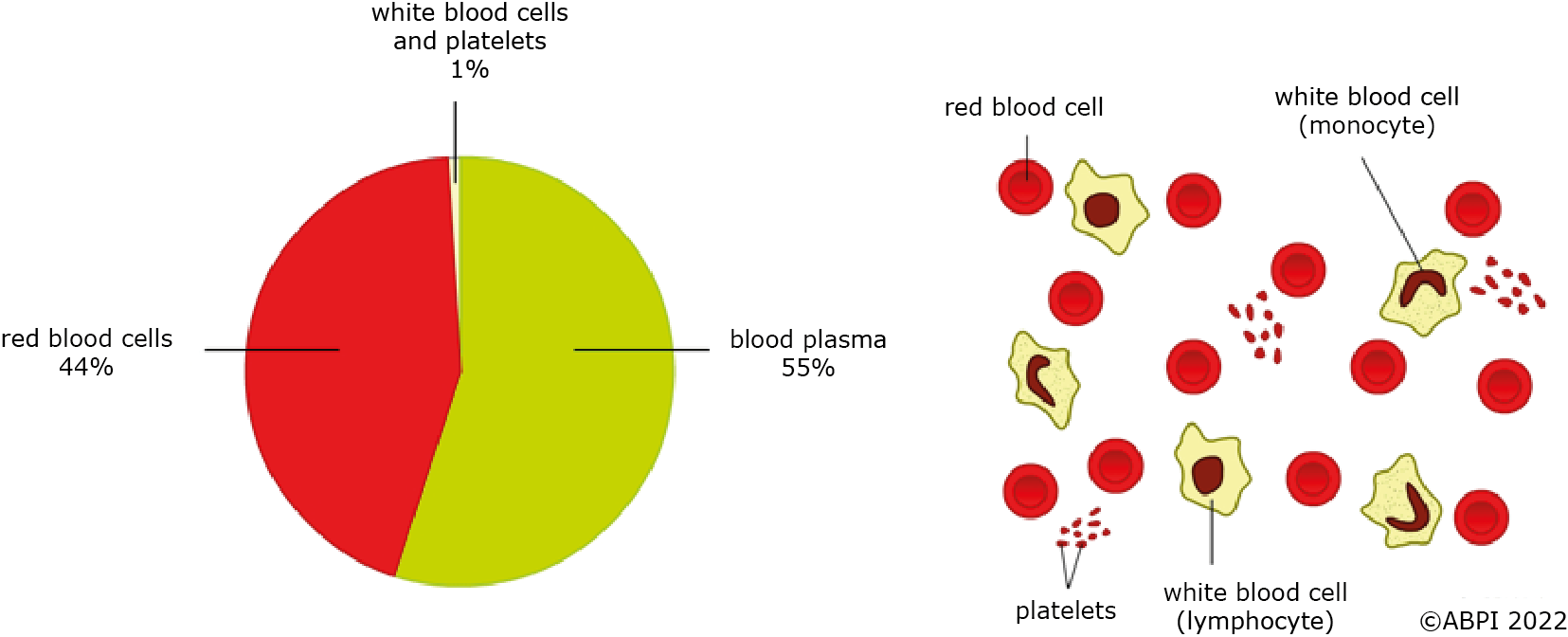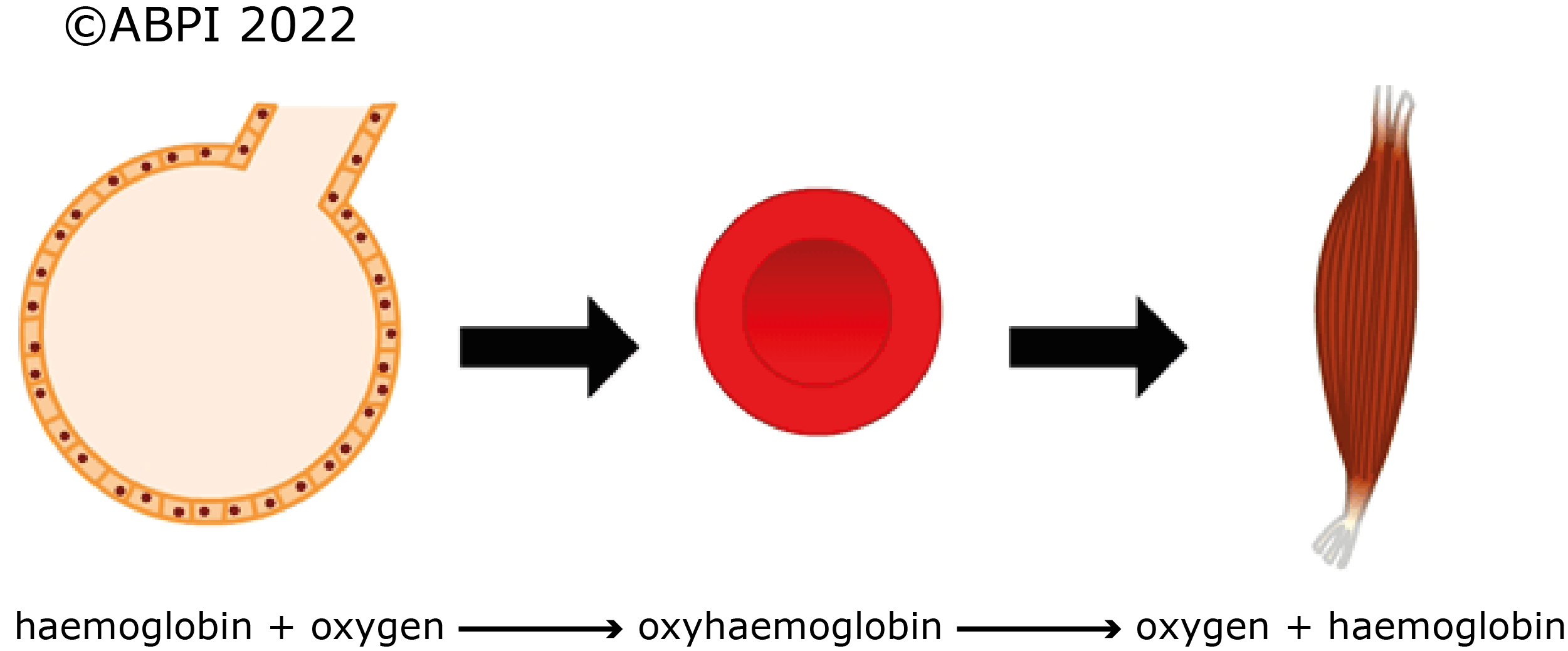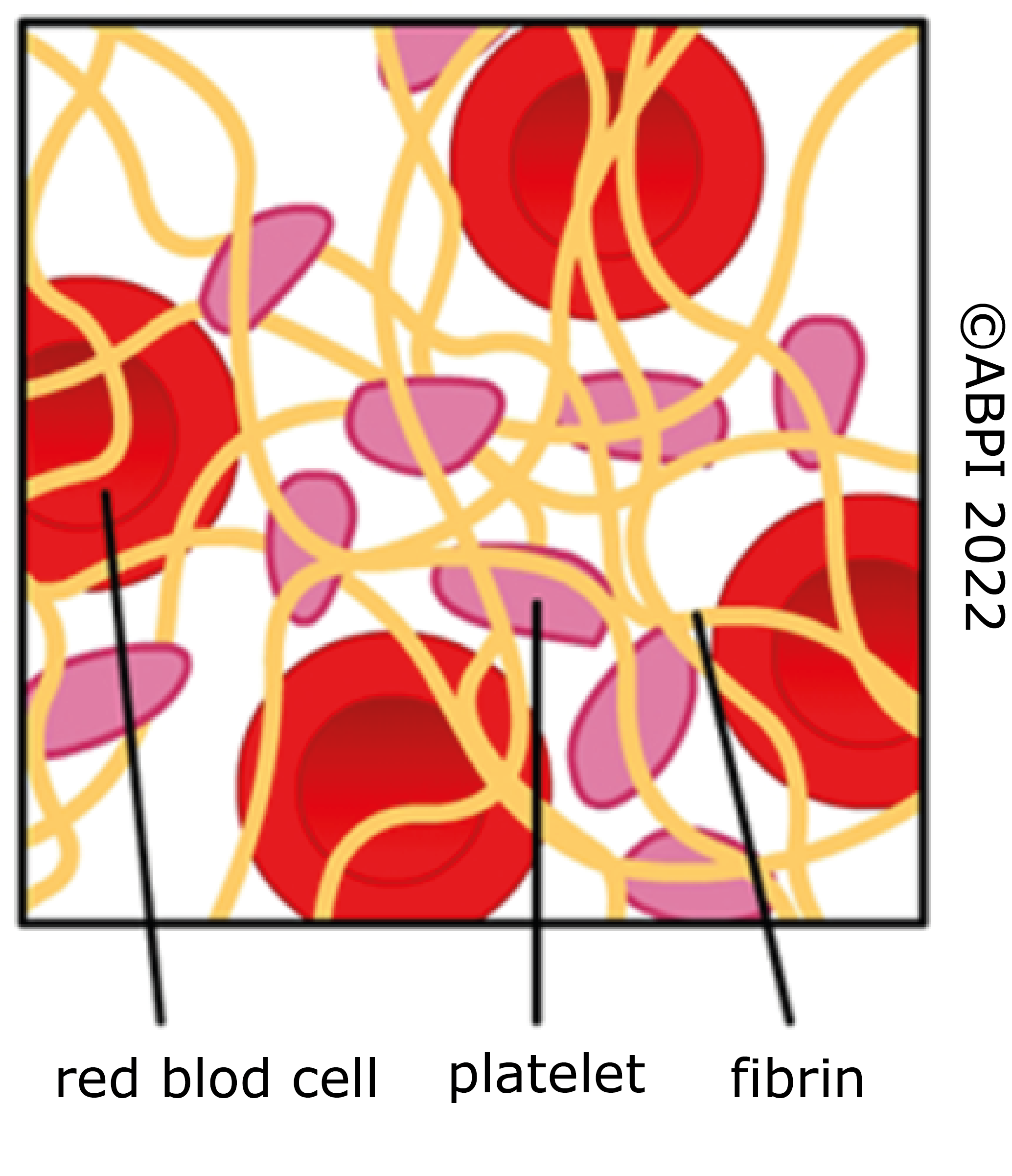This topic takes on average 55 minutes to read.
There are a number of interactive features in this resource:
 Biology
Biology
 Human biology
Human biology
 Physical education
Physical education
 Science
Science
If you cut yourself you bleed. Your blood looks red but it is really a yellow liquid with lots of red cells floating in it! Your blood is the transport medium for the cardiovascular system.

Plasma is a yellow liquid which transports all of the blood cells around your body. It carries waste carbon dioxide from the cells of the body to the lungs to be removed. It takes urea from the liver where it is made to the kidneys to be excreted in the urine. It carries the small dissolved food molecules from the gut to the cells where they are needed.
Red blood cells are small biconcave discs. They contain the red pigment haemoglobin which picks up oxygen in your lungs and carries it to the body cells where it is needed. Mature red blood cells don't have a nucleus so they can pack in more haemoglobin and carry more oxygen.

Oxygen is taken up in the lungs where it is at a relatively high concentration, and released into cells where it is at a relatively low concentration.
This curve illustrates how the association between oxygen and haemoglobin changes as haemoglobin leaves the lungs and heads to the tissues through the arteries. At the lung, precisely in the alveoli, oxygen binds to haemoglobin and both saturation of haemoglobin and partial pressure of oxygen in arterial blood is high. As the oxygenated blood leaves the lungs, and provides tissues with oxygen, both the partial pressure of oxygen in arterial blood and haemoglobin oxygen saturation goes down, as oxygen dissociates from blood to go into tissue cells. Eventually, no oxygen is left, and this blood returns to the heart through the veins. At this point oxygen pressure and saturation are very low.
White blood cells are bigger than red blood cells but there are fewer of them. They are an important part of the way your body defends itself against disease. There are lots of different types of white blood cells. Some of them make antibodies against disease-causing organisms. Some of them engulf bacteria and digest them. They all have a nucleus. The diagram below shows different types of white blood cells.
Platelets are small fragments of cells that have no nucleus. They are very important in the successful clotting of your blood. If you cut yourself, it is very important that the blood forms a solid clot as fast as possible to prevent you from bleeding to death. The clotting of your blood involves a series of enzyme-controlled reactions which produce a net of fibres made of a protein called fibrin. These fibres then trap lots of red blood cells and platelets and form a jelly like clot which dries to form a scab. The skin heals under the scab.


Neutrophils: they make up 40-70% of all white blood cells (WBCs) in human. They are an essential part of the innate immune system.
Eosinophils: they form 2-3% of WBCs. They are responsible for fighting multicellular parasites amongst other infections. They also control mechanisms related to allergy and asthma.
Basophils: 0.5-1% of WBCs. They are responsible for inflammatory reactions during immune response.
Lymphocytes: 18-42% of WBCs. Lymphocytes include three different types of cells:
Monocytes: largest WBC in blood in size. Monocytes play a role in adaptive immune response and perform tissue repair functions.
Macrophages: these cells engulf and digest pathogens such as cancer cells, microbes, cellular debris, and exogenous substances that are recognised as foreigner and nor coming from our body. This process is called phagocytosis.
